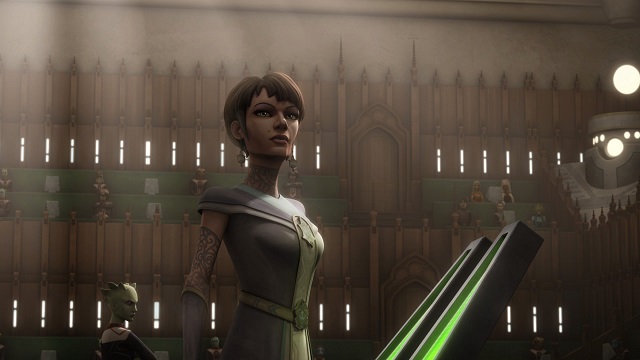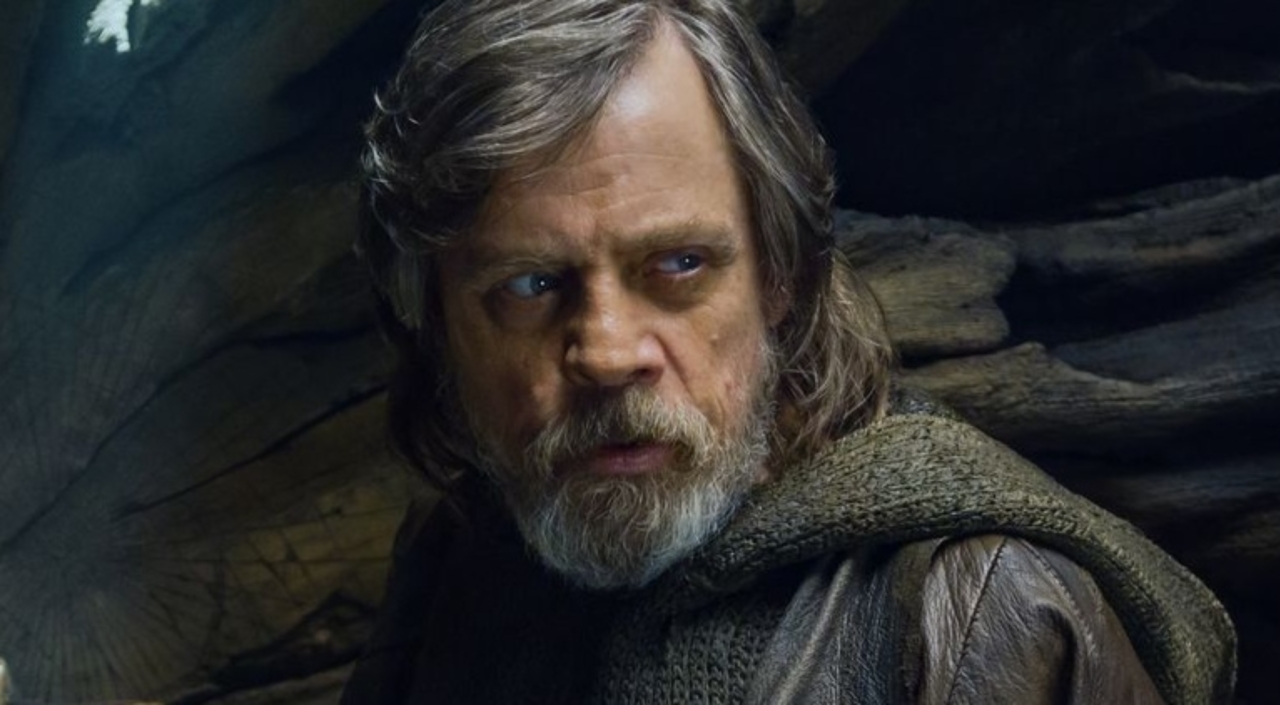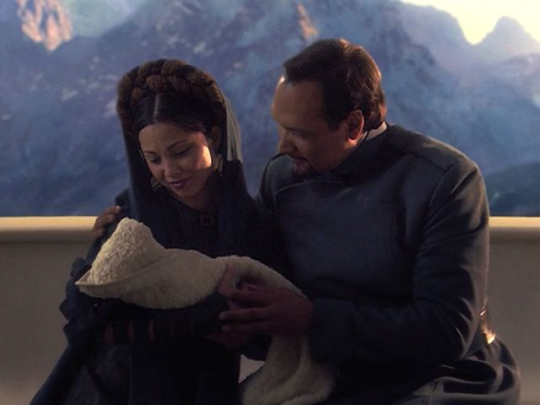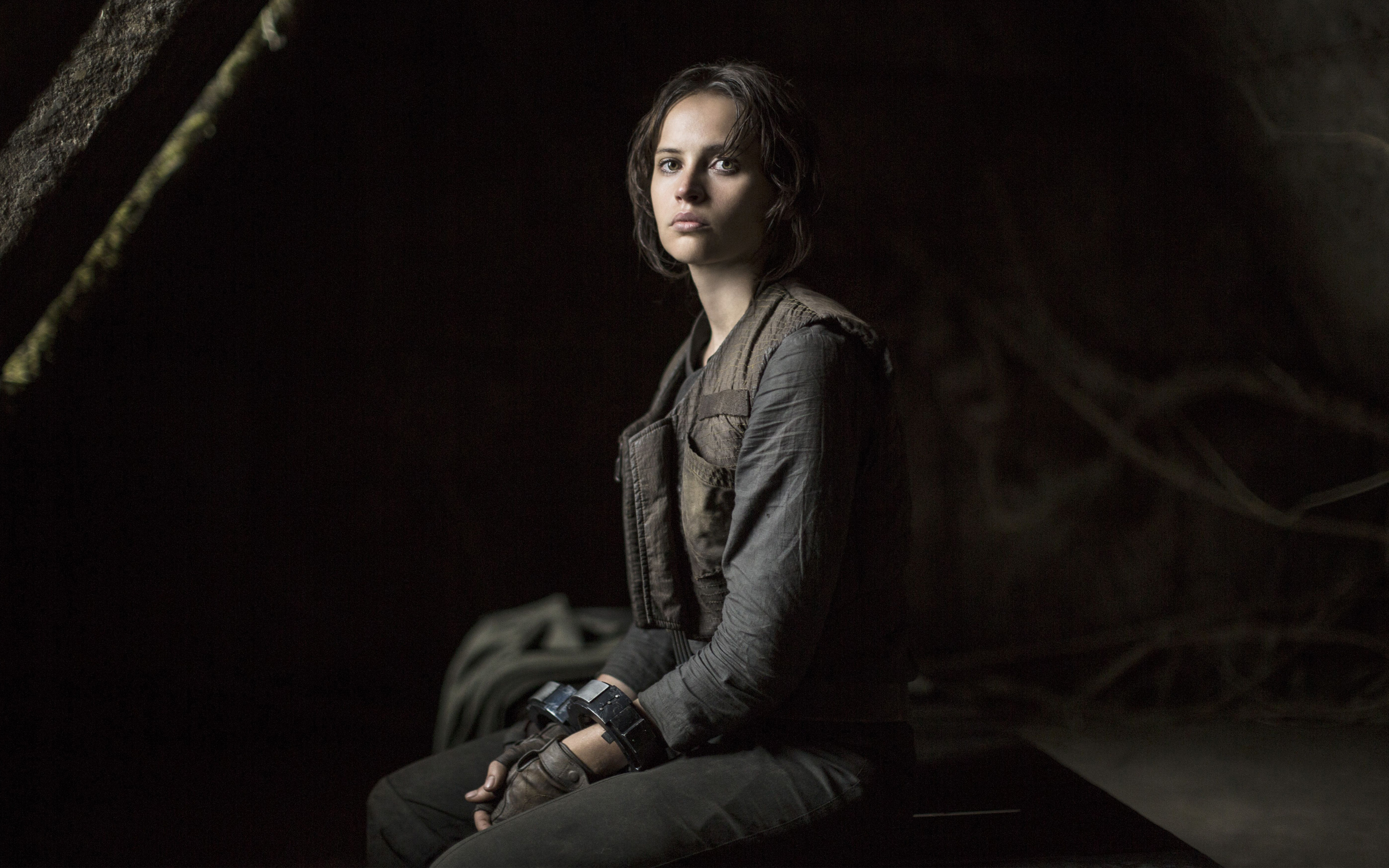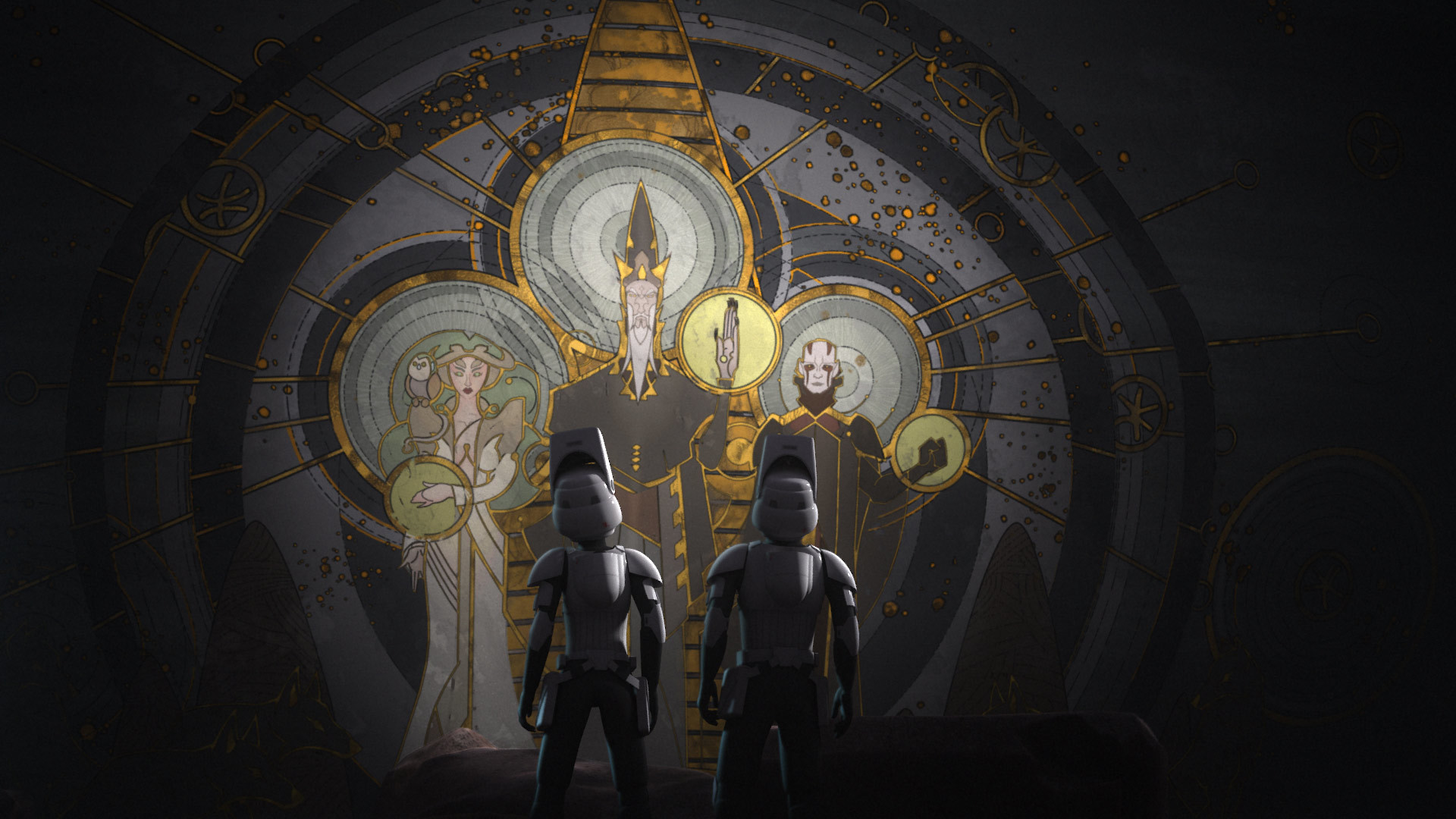
It’s no secret that when it comes to Star Wars, Dave Filoni is not shy about putting the “fantasy” in “space fantasy”. Between the numerous Tolkien allusions to interviews discussing his love of Miyazaki, Filoni has always placed a high importance on the fantasy elements of the Star Wars universe—namely, the Force. Both The Clone Wars and Rebels were not afraid to mix the more standard military stories with highly fantastical detours to strange and bizarre worlds that seemed to upend everything we knew about the Force.
And it’s therefore generally met by the fandom with a not-insignificant amount of skeptical eyebrow raises. While Yoda’s encounter with the five Force priestesses in the TCW Lost Missions was more or less well-received, the Mortis arc was firmly a “love it or hate it” storyline in the fandom, and Ezra’s experience in the portal universe is looking to be similarly divisive. It’s weird and confusing and doesn’t make a lot of sense at first blush…but I’d argue that’s exactly why Dave Filoni has the best approach when it comes to depicting the Force.
